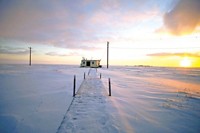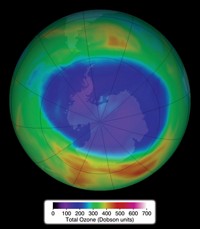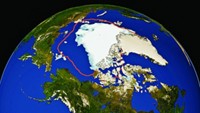Advertisement
Grab your lab coat. Let's get started
Welcome!
Welcome!
Create an account below to get 6 C&EN articles per month, receive newsletters and more - all free.
It seems this is your first time logging in online. Please enter the following information to continue.
As an ACS member you automatically get access to this site. All we need is few more details to create your reading experience.
Not you? Sign in with a different account.
Not you? Sign in with a different account.
ERROR 1
ERROR 1
ERROR 2
ERROR 2
ERROR 2
ERROR 2
ERROR 2
Password and Confirm password must match.
If you have an ACS member number, please enter it here so we can link this account to your membership. (optional)
ERROR 2
ACS values your privacy. By submitting your information, you are gaining access to C&EN and subscribing to our weekly newsletter. We use the information you provide to make your reading experience better, and we will never sell your data to third party members.
Environment
Smaller Hole In The Ozone Layer
Environment: Depletion in 2013 peaks at lower levels than recent years
by Cheryl Hogue
October 25, 2013
| A version of this story appeared in
Volume 91, Issue 43
The hole that forms each year in stratospheric ozone above Antarctica was smaller in 2013 than it has been in recent years, the National Oceanic & Atmospheric Administration says. In this illustration, created with NOAA satellite data, red designates an area of stratospheric ozone concentration of less than 220 Dobson units—the ozone hole. The data, which NOAA dubs preliminary, show this year’s single-day maximum extent of ozone depletion to be some 7.3 million sq miles on Sept. 26. That’s significantly smaller than the single-day maximum record ozone hole of 11.4 million sq miles set in 2006. Scientists can’t say whether this year’s results show the ozone layer is recovering from the deleterious effects of synthetic chemicals such as chlorofluorocarbons in the atmosphere, says Bryan Johnson of NOAA’s Earth System Research Laboratory. “But” he says, “it is certainly good news.”






Join the conversation
Contact the reporter
Submit a Letter to the Editor for publication
Engage with us on Twitter